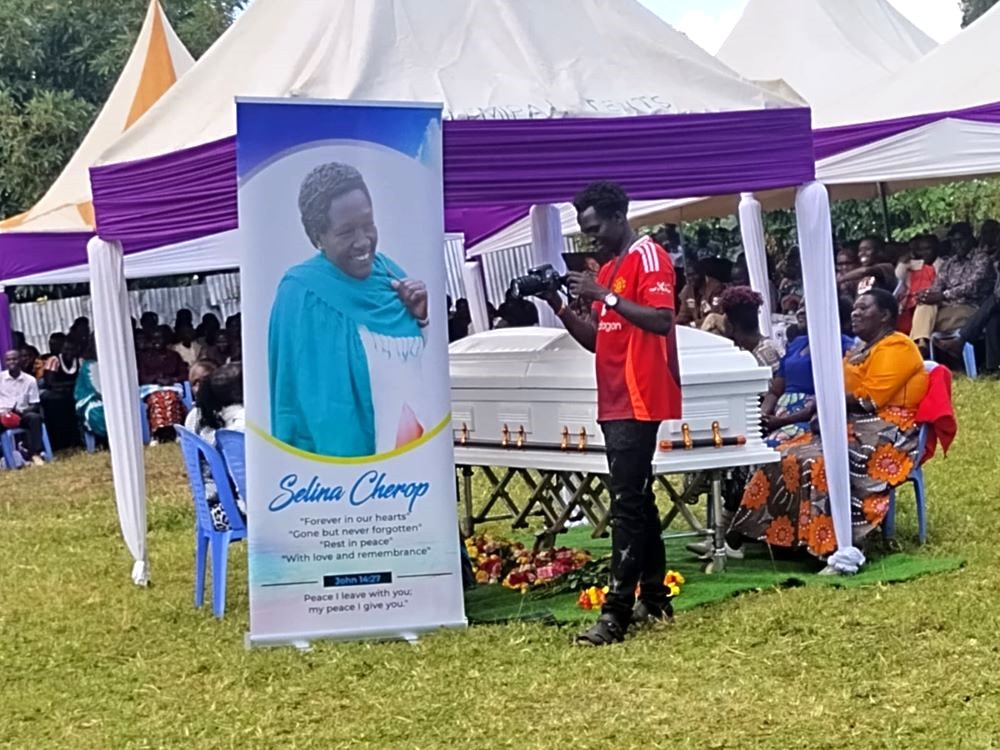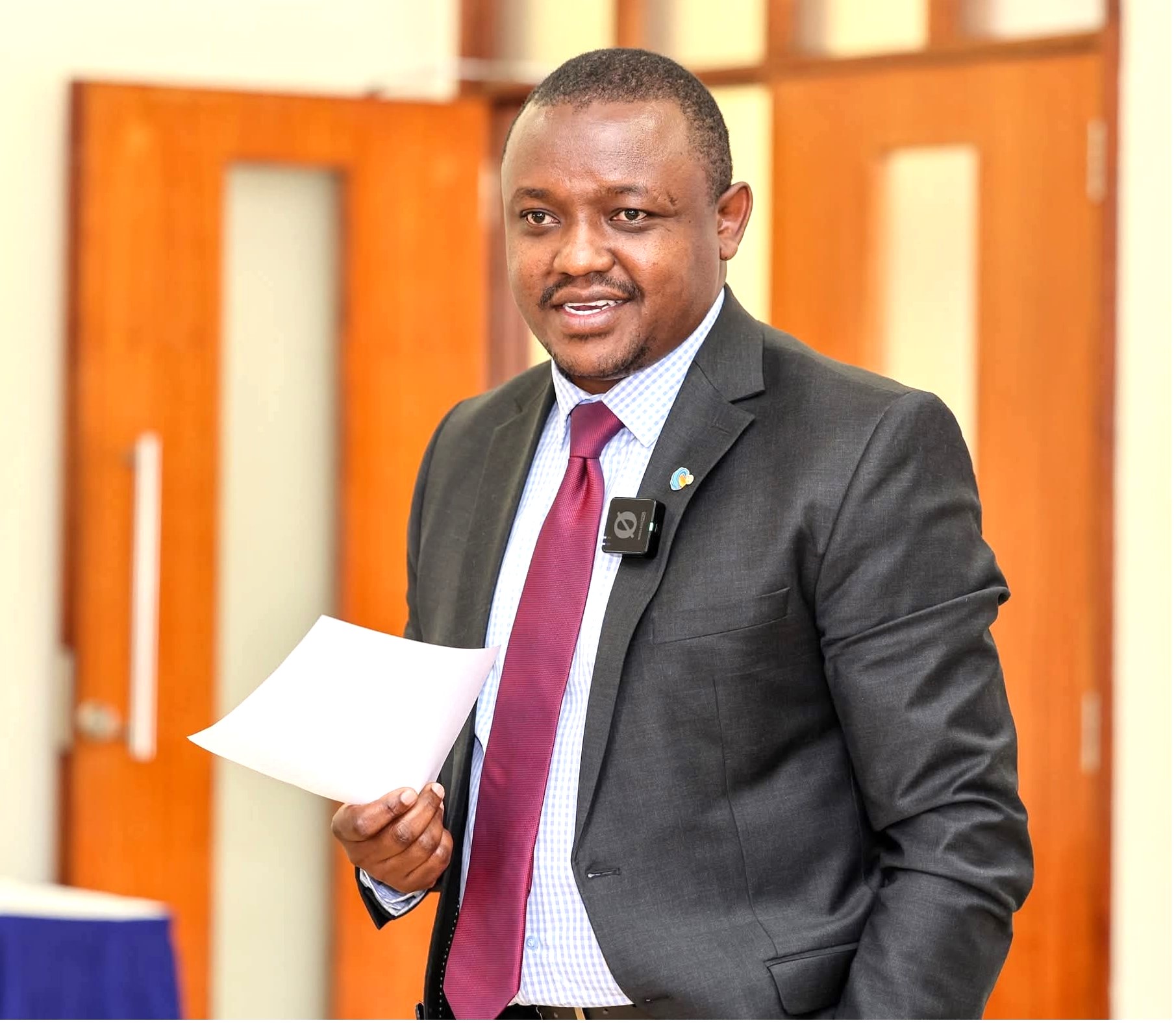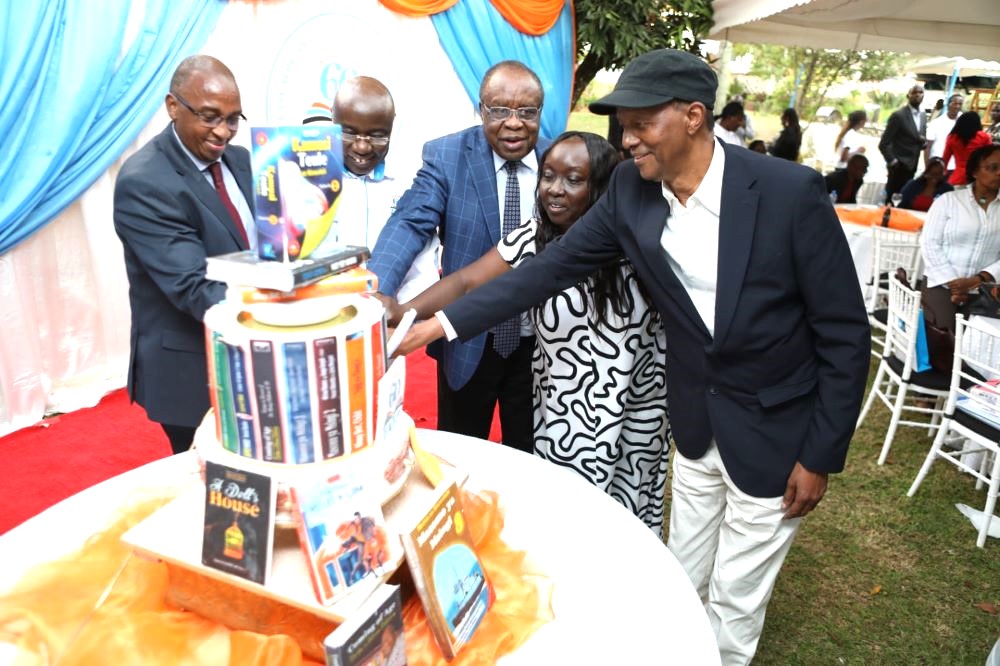For the first time in Kenya’s education history, three national examination classes – KPSEA, KJSEA, and KCSE – will sit for their exams concurrently next month. This unprecedented overlap marks a milestone moment in the country’s education landscape, symbolizing the transition from the old 8-4-4 system to the new Competency-Based Education (CBE). It is a logistical, psychological, and pedagogical test for learners, teachers and the Ministry of Education alike.
A record 3.4 million candidates will sit for these exams – the highest number ever recorded in the country’s examination history. Among them are learners in Grade 6, taking the Kenya Primary School Education Assessment (KPSEA); Junior Secondary learners in Grade 9 who will take the Kenya Junior School Education Assessment (KJSEA); and Form Four candidates under the 8-4-4 system taking the Kenya Certificate of Secondary Education (KCSE). The massive exercise will not only determine academic futures but also offer the strongest test yet for the implementation of education reforms.
Kenya’s education system is currently at a unique crossroads. The outgoing 8-4-4 system, which has shaped generations for nearly four decades, is being gradually replaced by the CBC – a curriculum emphasizing skills, values and competencies rather than rote learning. The coexistence of these systems in national exams presents both a symbolic and practical challenge.
For the Kenya National Examinations Council (KNEC), this moment calls for extraordinary levels of coordination. The printing, transportation, storage, and security of exam materials for millions of learners in three distinct categories require near-military precision. Invigilators and exam supervisors will be deployed in record numbers. Schools that serve as examination centres will juggle multiple levels of candidates, each with their own set of rules, papers and assessment criteria.
Education officials have assured the nation of their readiness. The Ministry of Education has already conducted mapping to ensure that no candidate is left out due to logistical challenges. Security agencies are also on high alert to prevent exam malpractices, which have historically undermined the credibility of national assessments.
ALSO READ:
Over 9,000 needy students benefit as Kwale rolls out Ksh60M bursary
However, the true test lies beyond logistics. The CBC, now reaching its middle years of implementation, faces its biggest evaluation yet. The KPSEA and KJSEA will determine whether learners and teachers have internalized the philosophy of continuous assessment, creativity, and practical application that the curriculum promises. Meanwhile, the KCSE cohort represents the last wave of the old guard – the culmination of the 8-4-4 journey, with its heavy emphasis on content mastery and examinations as the ultimate measure of learning.
Behind the statistics lie stories of hope, anxiety, and determination. In thousands of households, parents are balancing between excitement and worry. For many, this will be the first time their children face national exams under the new system – a system they are still trying to fully understand. Teachers, too, are navigating uncharted waters. They must prepare learners for assessments that blend theory with practical competencies while managing the emotional well-being of candidates in an era of intense academic pressure.
For the learners, it’s a moment of mixed emotions. Grade 6 candidates, some barely twelve years old, will be sitting their first major national test. Grade 9 students – the pioneers of Junior Secondary – will be breaking new ground, setting the pace for future cohorts. Meanwhile, Form Four candidates are writing the third last chapter of the 8-4-4 era. For them, the KCSE marks not just an academic milestone but the end of a national story that began in 1985.
Running three national exams simultaneously comes with undeniable challenges. Infrastructure constraints remain a reality, especially in rural schools with limited facilities. Exam centres must accommodate increased numbers while maintaining fairness and integrity. Additionally, the marking and moderation processes will be stretched to their limits. KNEC examiners will be under immense pressure to deliver results promptly and accurately.
Digital readiness is another emerging concern. As the CBC relies heavily on digital literacy and innovation, questions persist about whether all learners have had equal access to technology. This digital divide could reflect in performance outcomes, raising issues of equity and fairness.
ALSO READ:
Kenyan students, staff invited to apply for Irish scholarships to broaden skills
Yet, amid the anxiety, there is optimism. The Ministry of Education views this as a defining opportunity to evaluate the strength of the reforms and to fine-tune the CBC rollout. The goal is to produce well-rounded citizens – learners who can think critically, solve real-world problems, and innovate. The KPSEA and KJSEA assessments will thus not be about ranking learners but about evaluating competencies and readiness for the next stage of learning.
Education experts believe that this synchronized examination season could set a new benchmark for efficiency and coordination. If managed well, it could cement Kenya’s reputation as a reform-driven education system in Africa – one that is not afraid to embrace change and challenge old paradigms.
As the examination season approaches, the country waits with a mix of anticipation and pride. Teachers are putting final touches on revisions, parents are offering prayers and learners are revisiting their notes one last time. For all of them, this is not just about passing exams; it is about making history.
When the first paper is opened next month, the nation will witness the meeting of two generations of learning – one fading out, the other finding its feet. The 8-4-4 system bows out, leaving behind both glory and criticism, while the CBE steps forward, promising a future of creativity, competence and character.
Indeed, these are exams like no other – not merely a test of knowledge, but a measure of Kenya’s educational evolution. The 3.4 million candidates sitting in classrooms across the nation are more than students; they are the faces of change, the symbols of transition and the hope of a learning generation ready to take its place in a new educational dawn.
By Ashford Kimani
Ashford teaches English and Literature in Gatundu North and serves as Dean of Studies.
You can also follow our social media pages on Twitter: Education News KE and Facebook: Education News Newspaper for timely updates.
>>> Click here to stay up-to-date with trending regional stories
>>> Click here to read more informed opinions on the country’s education landscape






